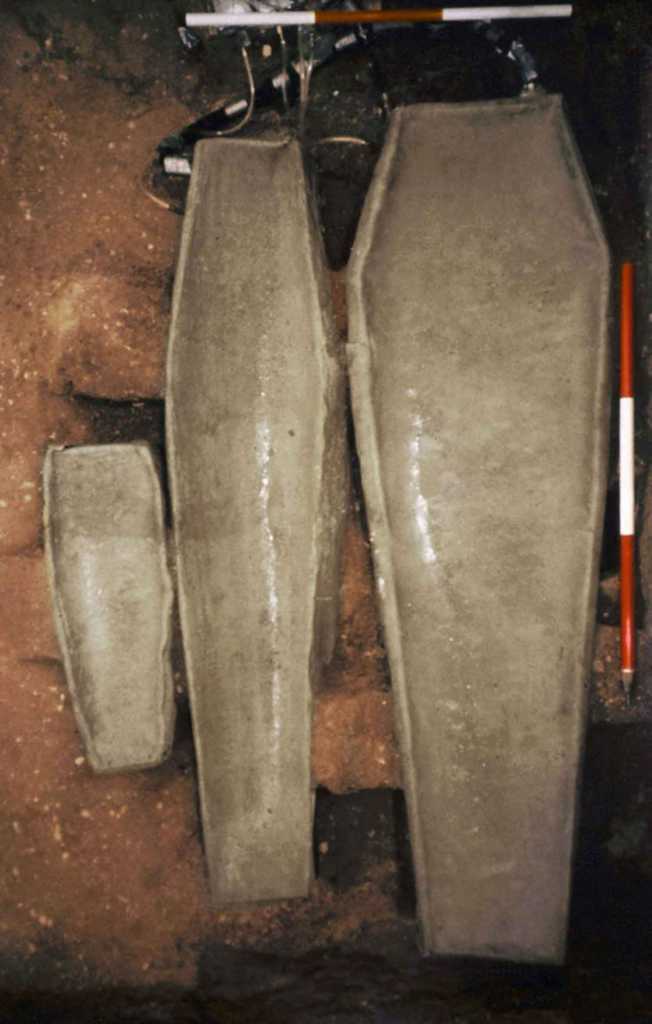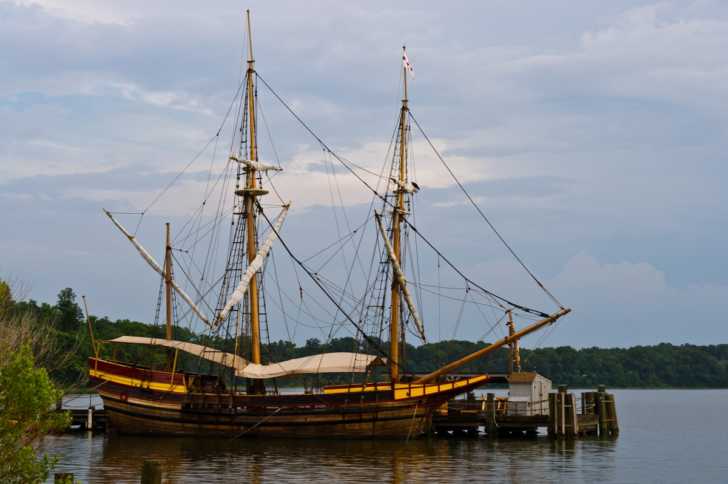Long Lost Early Colonial Fort Discovered in Maryland
A plethora of artifacts have been found so far.
In Maryland an incredible archaeological find has been unearthed using radar as the starting point. The site in question is the oldest known colonial outpost in Maryland and it’s something that researchers have been in search of for almost a century. The area of the site is about the size of a football field and has already given up several important artifacts at this point. The area was the site of a British fort, with evidence of habitation and cooperation with local Native Americans, and gives us a glimpse into the realities of colonization.

The dig is located near the Historic St. Mary’s City, about 2 hours south of Washington D.C. This site was legendary among local archaeologists as being the first permanent settlement of English settlers in Maryland- if it existed at all. After 90 years of looking for the site, it was found in 2019 after a scan with ground-penetrating radar was used to discover the postholes and outlines of the 17th century buildings. Plans to release the news of the find to the public in summer of 2020 were delayed by the pandemic, but this allowed for further excavation before making the announcement.
At least 2 different types of dwellings were discovered on this scan. One type of housing is consistent with English design, while several building outlines within the fort walls are different styles, indicating that there could have been Native Americans living side-by-side with the settlers. This is backed up in an account by Leonard Calvert, early governor of St. Mary’s.
Archaeologists find earliest colonial site in Maryland after nearly 90-year search https://t.co/oE7HrAkZe1
— The Washington Post (@washingtonpost) March 22, 2021
According to Calvert’s account the English were in the process of buying up a 30-mile radius of land from the local Yaocomaco tribe using axes, hoes, and fabric as payment. The plan was that during negotiations some of the tribe lived within the fort and were to later move across the river to separate lands.
Leonard Calvert’s brother, Philip, his first wife, and a Calvert child by Philip’s second wife, were all found in lead-lined coffins in 1990 at a nearby location. The coffins were buried inside the chapel, which was also discovered using radar technology. The chapel was constructed in the mid-1600s. This find is one of many that show the long history of the site as being used by English settlers.

The fort was constructed in 1634 and varies slightly from Calvert’s description. Researchers now believe that may be because Calvert had been describing the planned fort as opposed to the fort that actually was built. Any number of things could have altered the settler’s plans. The realities of living as a newcomers to the continent presented a number of unknown challenges and barriers to setting up forts and other establishments.
Despite having descriptions of the place from the man in charge, the exact location (like Jamestown) was lost over time after having been abandoned in favor of a site in Annapolis. Researchers have been looking for the site in earnest since the 1930s.
Excavation began soon after the initial radar find and uncovered a brick cellar (possibly for a storehouse or a guard house). On the site archaeologists also found the trigger guard for a musket as well as an arrowhead dating to around 4,500 years ago and shards from brown German-made pottery.

The lead researchers for this project are Travis Parno and Tim Horsely. This is the oldest English settlement in Maryland and was at first populated by around 150 individuals who arrived on the Arc and the Dove, 2 separate ships coming from England. Many aboard were Catholics fleeing the persecution they faced in Protestant England.
SKM: below-content placeholderWhizzco for DOT

